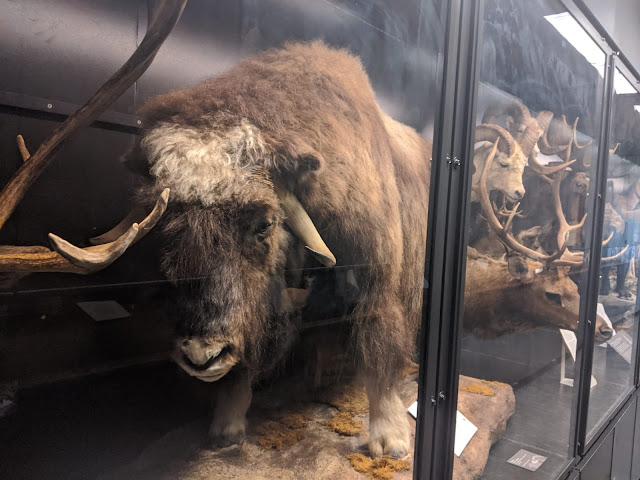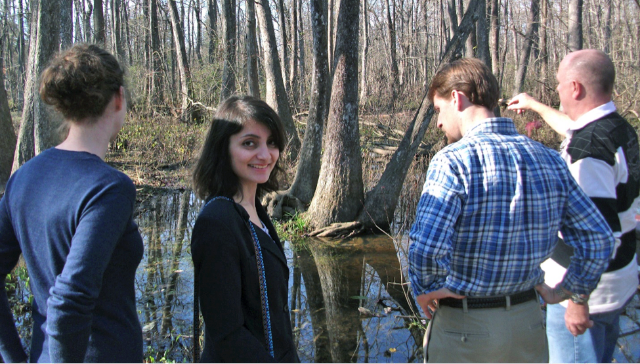If you follow me, you know that my most recent posts were about gardens. Well, no surprises there ! Since COVID-19, searching for gardens has been my past time. And no surprises, I made it to the largest one in Canada - the Royal Botanical Gardens. Ontario’s Royal Botanical Gardens is Canada’s largest botanical garden. Designated as a National Historic Site, the garden covers over 2400 acres of wetland, field, forest & escarpment ecosystems across the two cities of Burlington and Hamilton. Not to mention, the Gardens are a registered charitable organization. The scale of the gardens is palpable even at the entrance when you are provided a map. We weren't able to see all of it, but did see some parts.
The main building, which is known as the RBG Centre, is the place to start! An interesting fact is that a third of the building’s materials were sourced locally and almost 100% of the demolition/construction waste was diverted from the landfill.
At the main entrance, there is also a gift store and restaurant at the indoor center. A number of halls can be seen throughout the building, and they are used for presentations or events, it seems. We went past these halls to make a visit to the main Hendrie Park.
As soon as you exit the center, you arrive at the gorgeous Hendrie Park, which has a number of things to see including the Rose Garden, which features a spectacular display of roses and companion plants. There is a cute little gazebo for photo opps. Right next to it is also the Turner Pavillion Teahouse where you can enjoy a drink or snack.
Within the park, is a wood paved walkway known as the Morrison Woodland Garden, which has woodlanders and native plants. There is a Story Walk just before it. It reminded me a lot of my time in Korea, where most of the trails were wood paved.
We had already spent a few hours doing this, so we knew we wont be able to see all of the garden. The next thing on our bucket list was the Rock garden, which was nothing short of spectacular, though reminded me of Vancouver's Queen Elizabeth Park. The Rock Garden has its own visitor center, amazing water displays, and other rock pathways.
Unfortunately, four or five hours had passed and we had yet to touch the surface of this giant garden. However, it is well worth it to get an annual pass and spend some weekends exploring this gorgeous garden(s) which also has its own nature trails, an arboretum, a playground for kids, a multitude of cafes, and many conservation areas within the gardens.













































